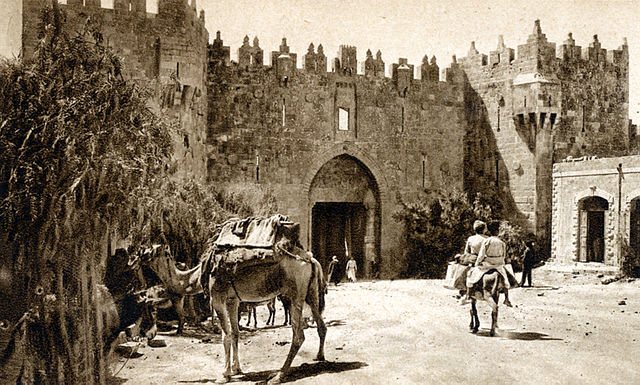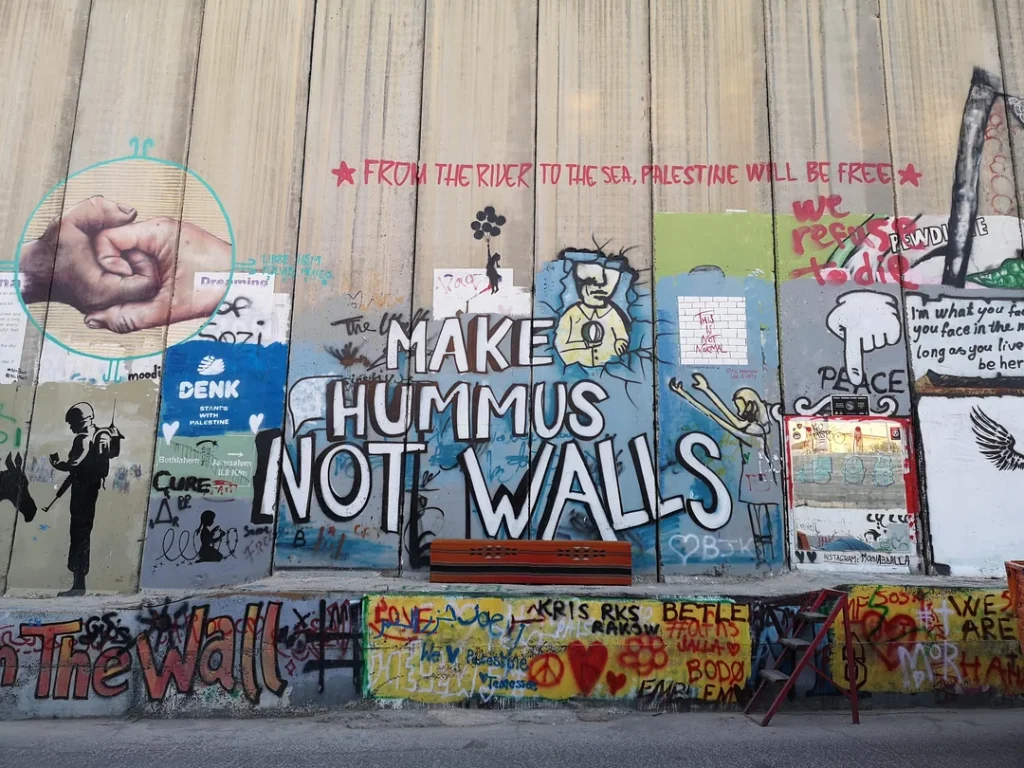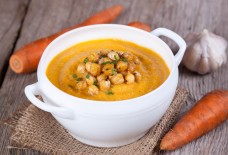Palestine Folklore: A Weave of History and Resilience

Photo: Wikimedia Commons
By: Eman El-Ajlouni / Arab America Contributing Writer
Palestinian folklore connects the history, traditions, and culture of the Palestinian’s with a rich, vibrant, and diverse tapestry. Palestinian folklore reflects the resilient and strong spirit of a people committed to preserving their history and heritage despite the numerous pressures and difficulties they face under the occupation, siege, and the assault they are subjected to. The folklore of the region is rooted in a complex history of occupation, displacement, and resistance. This article gives readers an in-depth look at the rich cultural history of the Palestinian people by examining a variety of Palestinian folklore topics, such as traditional clothes, dances, folktales, music, and cuisine.
Traditional Clothes
Palestinian traditional clothes are regionally specific, reflecting distinctive features that emphasize the individuality of each region. The outstanding hands that stitched and manufactured these clothes are highlighted by the beautiful and elegant embroidery and vivid color design and decorations. More than just clothing, these products are an obvious and real testament to the rich identity and culture of the Palestinian people.
Music and Dances
While the Dabke dance is popular in several Arab countries, every country has its own unique moves and style, making it a vital component of Arab and Palestinian celebrations. This collective dance, performed at weddings, parties, festivities, and all kinds of celebrations, represents harmony, solidarity, and shared cultural identity. The oud, qanun, and tabla are some of the instruments that characterize the folk music from Palestine that is played to accompany this dance. The songs’ lyrics, which are incredibly relevant to the Palestinian experience, touch on themes of love, homeland, and resistance.
Folktales
Palestinian folklore is full of stories about heroes, legendary creatures, and moral teachings. As with Ibrahim Muhawi’s book Speak, Bird, Speak Again, which includes several Palestinian folktales from various Palestinian areas, these stories, passed down through the generations, function as both entertainment and cultural preservation and transmission vehicles.
Traditional cuisines
Middle Eastern cuisine has features with Palestinian cuisine, which reflects a variety of delicious meals, cuisines, and flavors with distinct tastes. Nonetheless, each version of Palestinian food is distinct, bragging of its finest ingredients and offering its own specialties and secret recipes. Even though the cuisines of each of the regions are different, olive oil, olives, and high-quality seasonal vegetables are still mainstays of Palestinian cooking. The cuisine of the Palestinians is more than just subsistence. The focus of Palestinian culture is food, which affects every element of social gatherings, including weddings and holidays, as well as everyday life. Palestine is well-known for a variety of mouthwatering dishes that highlight the rich flavors and culinary skills of Palestinian culture, including Musakhan, Molokhiya, and Maqluba.
Embroidery
The art of Palestinian embroidery and needlework plays a significant role in the lives of Palestinian women. Over the years, Palestinian women have acquired and transmitted this piece of folklore from one generation to another. Antiquities found across ancient Palestine suggest that its roots lie in the Ancient era. In addition to being visually stunning, Palestinian needlework is an advanced art form with deep cultural importance. In addition to decorating clothes and household fabrics, it tells the tales of the women and workers who created these works of art. Numerous symbols, such as birds, trees, flowers, and geometric forms are embroidered on every piece of clothing. The women’s socioeconomic level and sense of place are conveyed via their choice of colors and patterns. The United Nations Educational, Scientific, and Cultural Organization “UNESCO” authorized the list of intangible cultural treasures in 2021.
Resistance Art
Graffiti is a distinct art form that has emerged from the Israeli-Palestinian conflict. Such acts of resistance frequently function as effective tools for spreading political ideas and safeguarding the collective memory and common understanding of the conflict. analyzes Palestinian street art as a political and resistance tool in the conflict with Israel. Though satirical, the artwork is upbeat. Through sarcastic humor and cleverness, thought-provoking imagery, and visuals, it shows the pain and sorrow endured by Palestinians behind the wall. It expresses the terrible and ongoing reality that Palestinians in the occupied areas must live with; it is unsettling, gloomy, and terrifying.

Photo: Reddit
Conclusion
The strong and unique cultural identity of a people who have had and are still experiencing a turbulent and challenging past is demonstrated by Palestinian folklore. Palestinians honor and celebrate their roots and deepen their ties to the community by dressing traditionally, dancing, singing, and enjoying the abundance of their culinary heritage. They preserve their customs and values via crafts, aphorisms, and folktales. Palestinian folklore serves as an enduring symbol of perseverance and resolve in the face of hardship, in addition to reflecting the beauty of their culture. It is a testament to the tenacity of those who keep up the struggle for their rights and cultural heritage.
Check out Arab America’s blog here!









